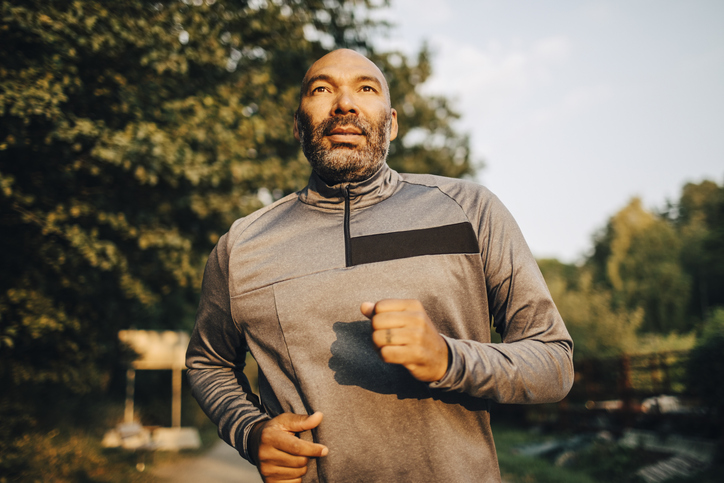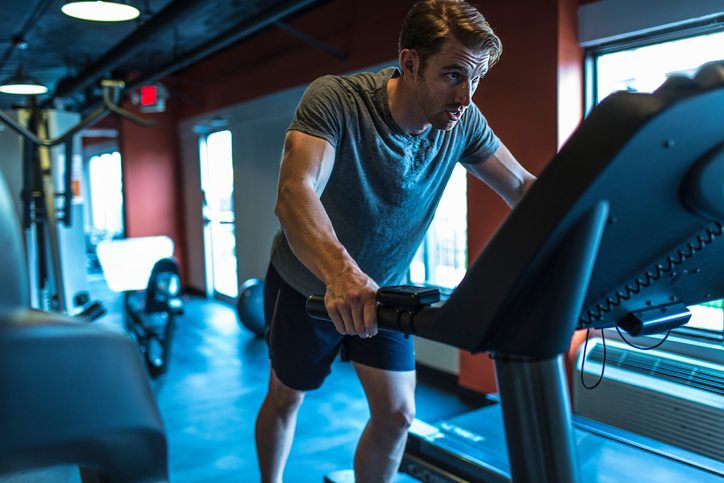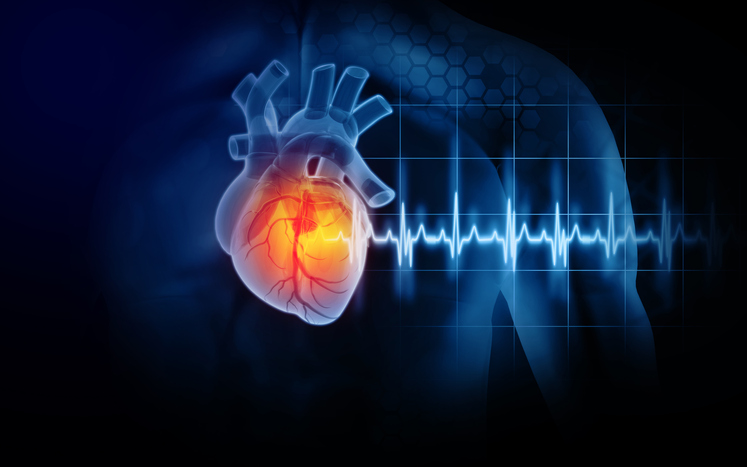When It Comes to Heart Health, Don’t Fall into the Exercise Paradox Trap

By Joy Stephenson-Laws, JD, Founder
We continue to read about people, usually men, in the prime of life who succumb to a heart attack during or shortly after exercising. One of the most recent was Hollywood producer Stephen Emery, 46, who died after a workout at a Los Angeles gym.
Other examples include a 57-year-old man who died while running on a treadmill in a gymnasium; a 38-year-old man who had a massive heart attack after a two-hour workout; a 46-year-old woman who died after participating in a marathon; and a 56-year-old U.S. senator who required CPR (cardiopulmonary resuscitation) after a bike ride. That someone in middle age who seems healthy can have a heart attack after exercise has even made its way into popular culture when “Mr. Big” collapses from an apparent heart attack after working out in the Sex and the City spin-off “And Just Like That.”
Is exercise even safe?

Given the visibility these heart attacks tend to garner, it is totally understandable – especially for those over 35 – to ask themselves whether strenuous or aerobic exercise is safe. The thinking is, “If something that is supposed to be good for me can kill me, should I even do it?” In the health and fitness communities, this is known as the “exercise paradox” or the “sports paradox.”
Based on the available medical evidence, being sedentary is hands down far riskier for your heart health than exercising. So, all things being equal, we should not use the “exercise paradox” as a reason to avoid the gym and working out.
Perhaps some data will help here.According to credible research, for men with low levels of physical activity, vigorous exercise could increase their risk of sudden death during exercise by 56 percent – but for men who exercise regularly, their risk of sudden death during exercise was 40 percent compared to sedentary men. So being active helped protect their hearts. In fact, if you have a risk of heart disease, you most likely will see greater benefit from exercise than someone who does not have this risk.
Let’s look at what is known about the paradox and how we, especially if we are older, can exercise safely and get the full benefit to our hearts of getting moving.
First off, the data support the conclusion that the risk of having a fatal heart attack while we are exercising is very low. You have a greater probability of having a heart attack while relaxing at home than while you’re on the treadmill or playing pickleball. This risk is even lower for people who exercise versus those who do not. The fact is that moderate exercise is associated with fewer cardiac events as well as other benefits such as weight and diabetes management, prevention of osteoporosis and improving mood and reducing depression.
But if this is the case, then how can we explain what happened to Stephen Emery and others?More likely than not, these individuals had undiagnosed pre-existing heart conditions, such as coronary artery disease, the most common type of heart disease in the United States. It is also worth noting that coronary artery disease tends to overwhelmingly be the cause of sudden cardiac death in those over 35. Or perhaps they pushed past their own physical limits after not having exercised for an extended period.
Other conditions that could impact heart health and increase the risk of having a heart attack during strenuous exercise include:
- Scarring from a prior heart attack or other causes. A heart that is scarred or enlarged may be more prone to arrhythmias. The first six months after having a heart attack may be considered a high-risk period for having a cardiac arrest.
- A thickened heart muscle (cardiomyopathy). This may be caused by having high blood pressure or valvular heart disease.
- Certain medications. Significant changes in blood levels of potassium and magnesium (from using diuretics, for example) may cause life-threatening arrhythmias and cardiac arrest. Even taking common painkillers, like ibuprofen, may increase your risk for cardiac arrest.
- Recreational drug use. Cocaine and other illegal drugs have been reported to increase the risk of sudden cardiac arrests.
Be Proactive
There is a lot we can do to safely exercise to protect our hearts and our overall health. These include:
- Getting regular check-ups.
- Following through with tests and lifestyle changes that our doctor may recommend.
- Making healthy lifestyle choices such as not smoking, eating a primarily plant-based, nutritious diet rich in antioxidants and anti-inflammatory foods, practicing stress management and getting enough sleep.
- Having an active social/emotional support network.
Before you undertake – or continue your current – exercise routine, it’s a good idea to see a competent healthcare practitioner to make sure you have no physical limitations regarding exercise. This is especially important if you haven’t seen your doctor in a while or if you lead a primarily sedentary lifestyle. You may also want to inquire about nutrient testing to see if you have any nutrient imbalances or deficiencies, especially in those nutrients important to heart health such as potassium, sodium, copper, magnesium and iron. Your doctor should also take a detailed “heart health” history including that of your immediate family and perform any tests, such as an EKG or echocardiogram, that they feel are appropriate for you.

Once you get the green light from your doctor, remember to pace yourself and listen to your body. If it’s been a while since you exercised regularly, resist the temptation to go full speed ahead. Start slow. Then you can progress and increase intensity over time. For example, if you enjoy walking, start with 15 or 20 minutes a day, and then work your way to 45 minutes. I also recommend warming up and stretching before any exercise and leaving the coffee traveler at home! And don’t forget to stay hydrated during your workout.
Be sure to pick an activity that you will enjoy and that is suitable to your body. If, for example, you have bad knees, skiing or high-impact aerobics would not be the best idea! And, of course, stop exercising if you feel unwell or have any signs of over-exertion such as being breathless or having chest discomfort. You may want to consider using a heart monitor while exercising and aim to keep your heart rate between 60 percent and 80 percent of your maximum heart rate, which is 220 minus your age.
Be aware of warning symptoms of heart disease or a heart attack. These include severe chest pain, shortness of breath, cold sweat, nausea or feeling faint. If you have any of these while exercising, get help. To that end, automated external defibrillators (AED) should probably be readily available in those "activity" locations where it is likely that a person has a sudden cardiac event.
Enjoy your healthy life!
Disclaimer: This article is not intended to provide medical advice. Please consult with your doctor or another competent healthcare practitioner to get specific medical advice for your situation.
The pH professional health care team includes recognized experts from a variety of health care and related disciplines, including physicians, attorneys, nutritionists, nurses, and certified fitness instructors. This team also includes the members of the pH Medical Advisory Board, which constantly monitors all pH programs, products, and services. To learn more about the pH Medical Advisory Board, click here.







